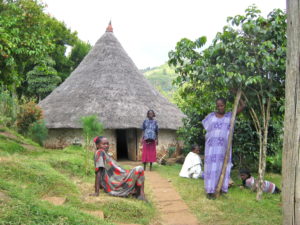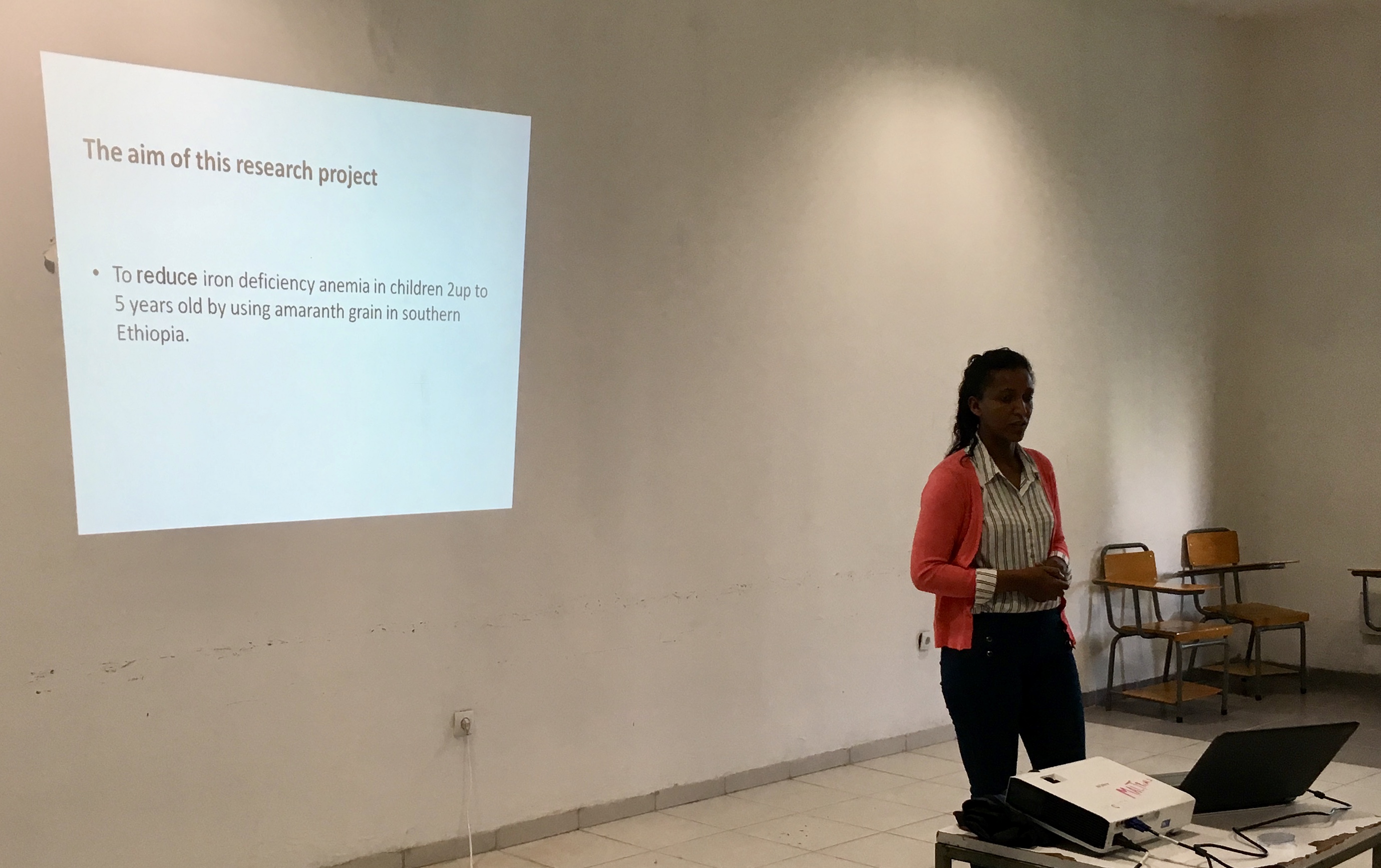 On Friday June 22, 2018 Taye Gari Anaya will defend his PhD thesis at the University of Bergen.
On Friday June 22, 2018 Taye Gari Anaya will defend his PhD thesis at the University of Bergen.
The title of his thesis is: “Malaria, anaemia and undernutrition in a drought-affected area of the Rift Valley of Ethiopia: Experiences from a trial to prevent malaria”.
Malaria, anaemia and malnutrition are interconnected, and often coexist in prevalent areas such as in sub-Saharan Africa, including Ethiopia. Although individuals in all ages of life are affected by these conditions, children under the age of 5 represent the most vulnerable group. Ethiopia is planning to reduce these conditions to a level where they are not public health problems Meanwhile, for the success of this aim, a description of the occurrence and interaction of malaria, anaemia and undernutrition could help to design tailored, efficient and effective control strategies.
This thesis measures the effect of malaria prevention on anaemia reduction, and assesses the association between malaria, anaemia and undernutrition among a cohort of children aged 6 to 59 months old followed in a drought-affected rural area in south-central, Ethiopia.
The study showed a large variation in malaria incidence among villages in the same district. Despite community wide malaria prevention effort, an unexpected increase in anaemia prevalence was observed over a year. Malaria infection was a risk factor for undernutrition, although undernutrition was not a risk for malaria infection. There could be a need to prioritise villages nearer to the main mosquito breeding sites for malaria control. Moreover, a close follow-up of the nutritional status of children with malaria infection may be needed.
Biographical
Taye Gari Ayana is from Hawassa in south Ethiopia. He completed Master degree in Public Health from Addis Ababa University in Ethiopia. From 2013 he has been affiliated with the Centre for International Health as a PhD candidate. Now he is a lecturer at the School of Public Health, at Hawassa University in Ethiopia. His supervisors were Professor Bernt Lindtjørn, Dr Eskindir Loha and Dr Wakgari Deressa.

 Making standard delivery services available for all is the most important factor for improving maternal mortality. Furthermore, the study suggests that stillbirths can also be reduced if the health services focus on improved obstetric care.
Making standard delivery services available for all is the most important factor for improving maternal mortality. Furthermore, the study suggests that stillbirths can also be reduced if the health services focus on improved obstetric care.
